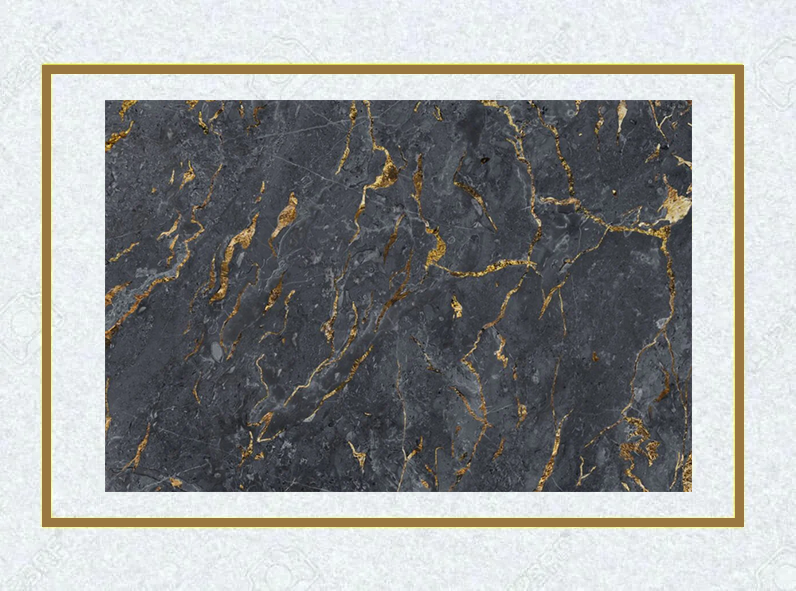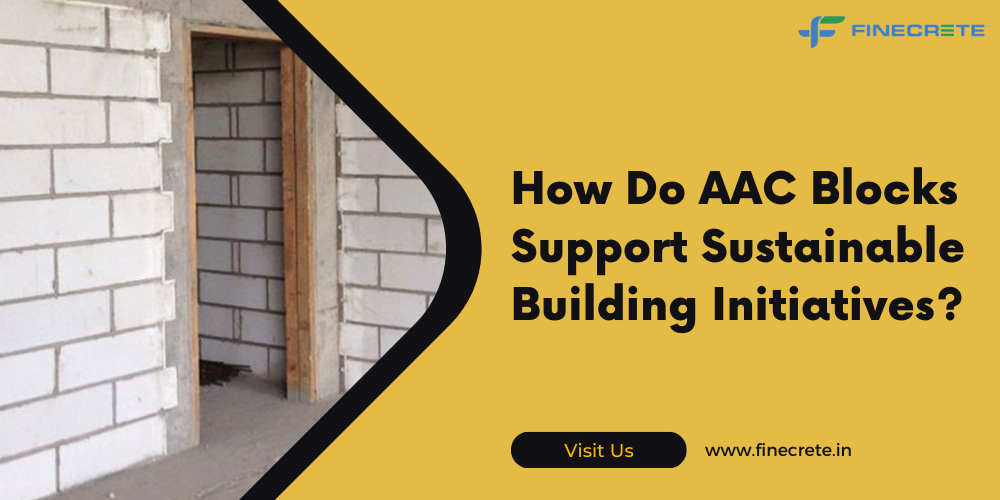The global construction industry is evolving very fast. Today, there is a lot of focus on eco-friendly practices. The demand for sustainable building materials is growing fast, driven by the desire to reduce environmental impact and improve energy efficiency. Autoclaved Aerated Concrete (AAC) blocks have emerged as a leading contender. Find out how these support sustainable building initiatives.
Green Building Practices
Green building practices aim to create structures that are environmentally responsible and resource-efficient throughout their life cycle. AAC blocks are manufactured by sustainable methods that require less energy compared to traditional building materials. The production process generates lower carbon emissions. AAC blocks are lightweight. These help to reduce transportation costs and energy consumption during delivery.
Focus on Superior Insulation
With a unique cellular structure, AAC blocks offer excellent thermal insulation. This minimizes heat transfer and helps to maintain a stable indoor climate. It reduces the need for additional insulation materials and lowers energy expenses for heating and cooling.
At a time when energy efficiency is paramount, the insulation capabilities of AAC blocks align perfectly with eco-friendly building practices. These ensure comfortable, cost-effective, and sustainable living environments.
Water Conservation
Water conservation is a critical component of eco-friendly construction. AAC blocks play a big role in this regard. The manufacturing process for AAC blocks requires less water than traditional concrete, making them a more sustainable choice.
Buildings constructed with AAC blocks often benefit from efficient plumbing and drainage systems that help conserve water. Builders can make their projects more sustainable by integrating water-saving technologies and practices.
Use of Recycled Materials
While primarily made from natural materials like sand, lime, and cement, AAC blocks can also be made from recycled content, such as fly ash or other industrial by-products. This reduces the demand for virgin materials and promotes the circular economy by giving new life to waste products. Builders can choose AAC blocks made out of recycled materials to lower their environmental footprint significantly. This can contribute to a more sustainable construction industry.
Zero-Energy Buildings
As the push for zero-energy buildings continues, AAC blocks are well-suited to meet these ambitious goals. A zero-energy building produces as much energy as it consumes over a year, often through renewable energy sources. AAC blocks have exceptional insulation properties. This reduces the overall energy demand for heating and cooling, making it easier to achieve zero-energy status.
With solar panels and other renewable energy technologies, buildings constructed with AAC blocks can operate sustainably and efficiently. This paves the way for a greener future.
Lean Construction Practices
Lean construction practices focus on maximizing value while minimizing waste throughout the construction process. AAC blocks align perfectly with this approach. The precision of AAC block production minimizes material waste, ensuring that resources are used efficiently. These are also light in weight, which helps with faster installation and reduces labor costs.
AAC blocks represent a significant advancement in eco-friendly construction practices. These are making construction projects more efficient, ultimately contributing to a healthier planet for future generations.






